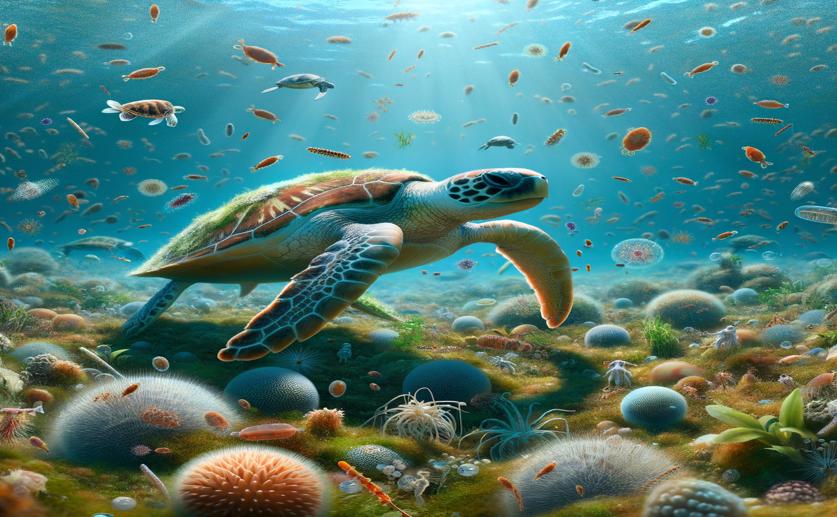
Loggerhead Sea Turtles Harbor Diverse Bacteria and Fungi
Greg Howard
31st May, 2024

Image Source: Natural Science News, 2024
Key Findings
- The study focused on the microbial communities of loggerhead sea turtles in the Adriatic Sea
- Bacterial diversity in the turtles' distal gut decreases with age
- Tenacibaculum species are more abundant in juvenile turtles than in adults
References
Main Study
1) Loggerhead Sea Turtles as Hosts of Diverse Bacterial and Fungal Communities
Published 30th May, 2024
https://doi.org/10.1007/s00248-024-02388-x
Related Studies
2) Animals in a bacterial world, a new imperative for the life sciences.
3) The microbiome extends host evolutionary potential.
4) Epibiotic Diatoms Are Universally Present on All Sea Turtle Species.
5) What lives on and in the sea turtle? A literature review of sea turtle bacterial microbiota.



 25th May, 2024 | Jenn Hoskins
25th May, 2024 | Jenn Hoskins